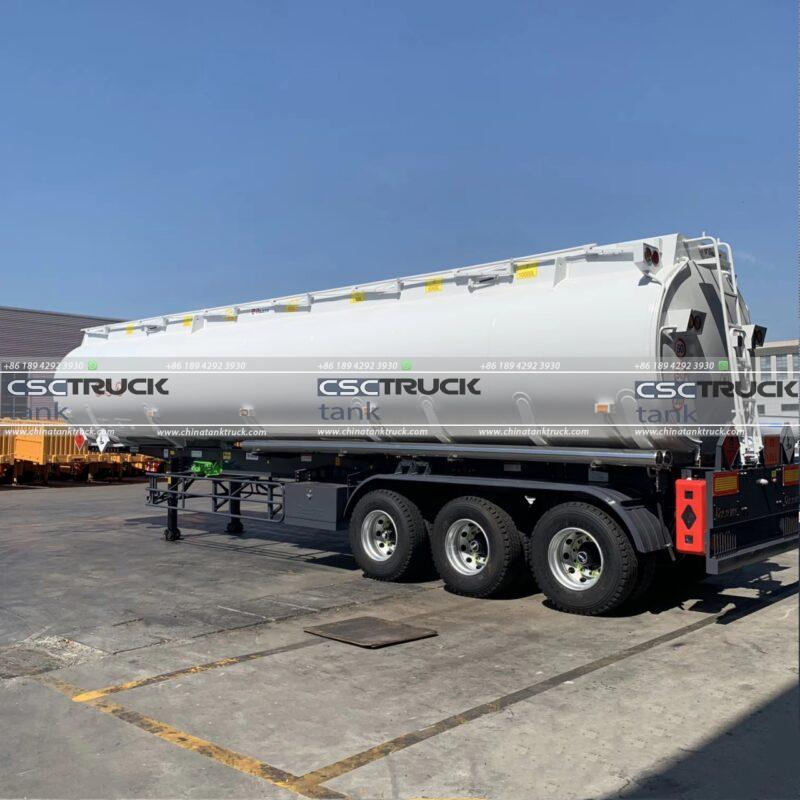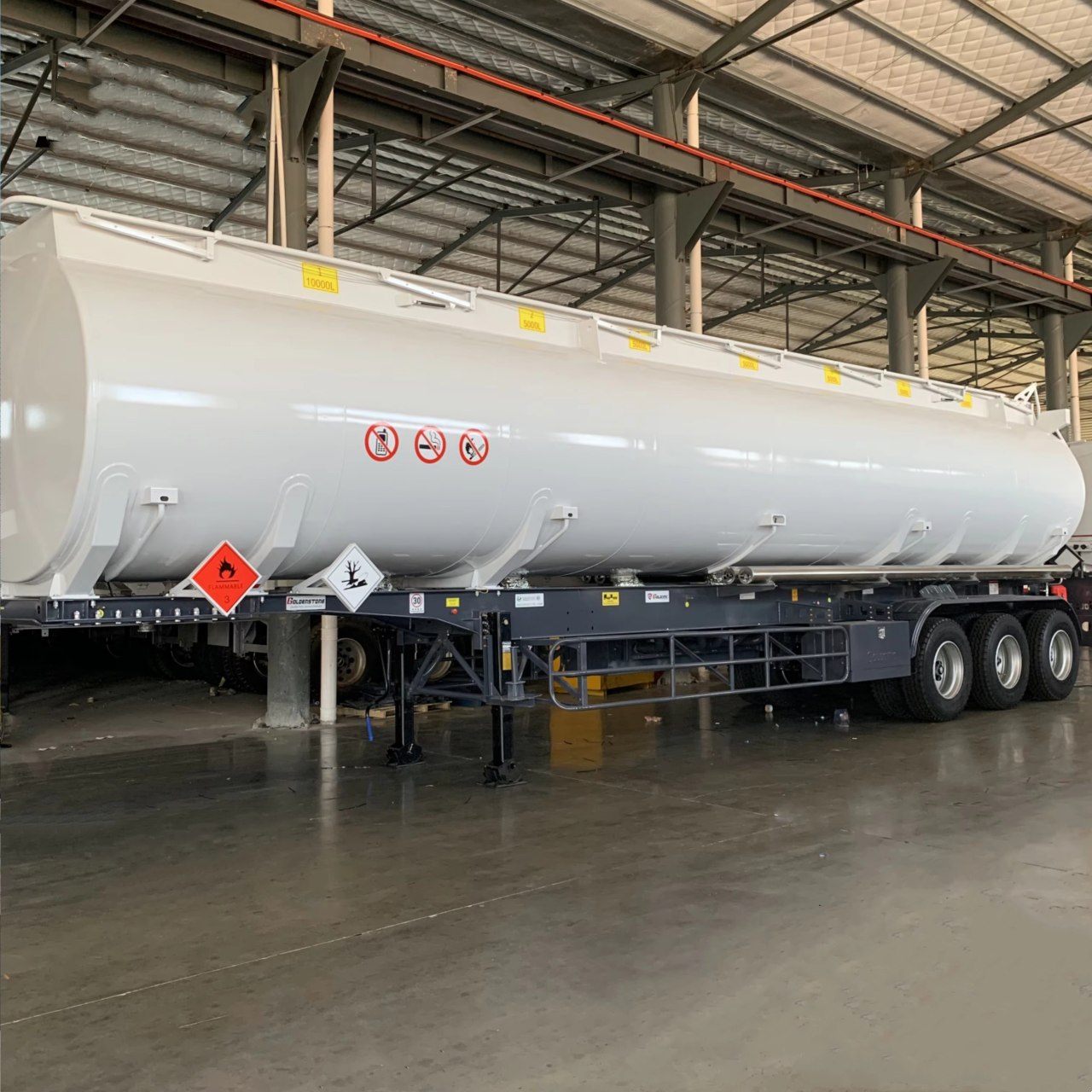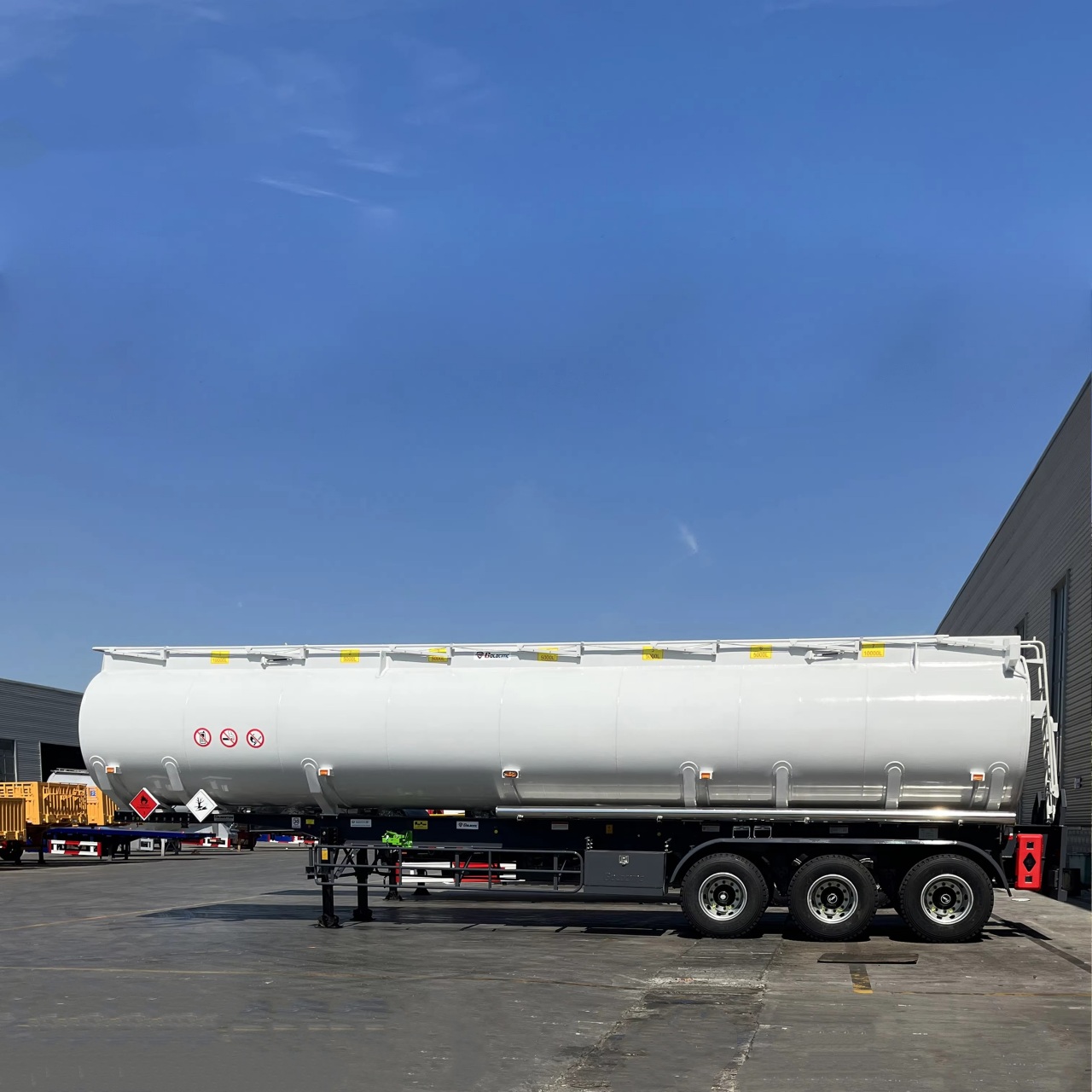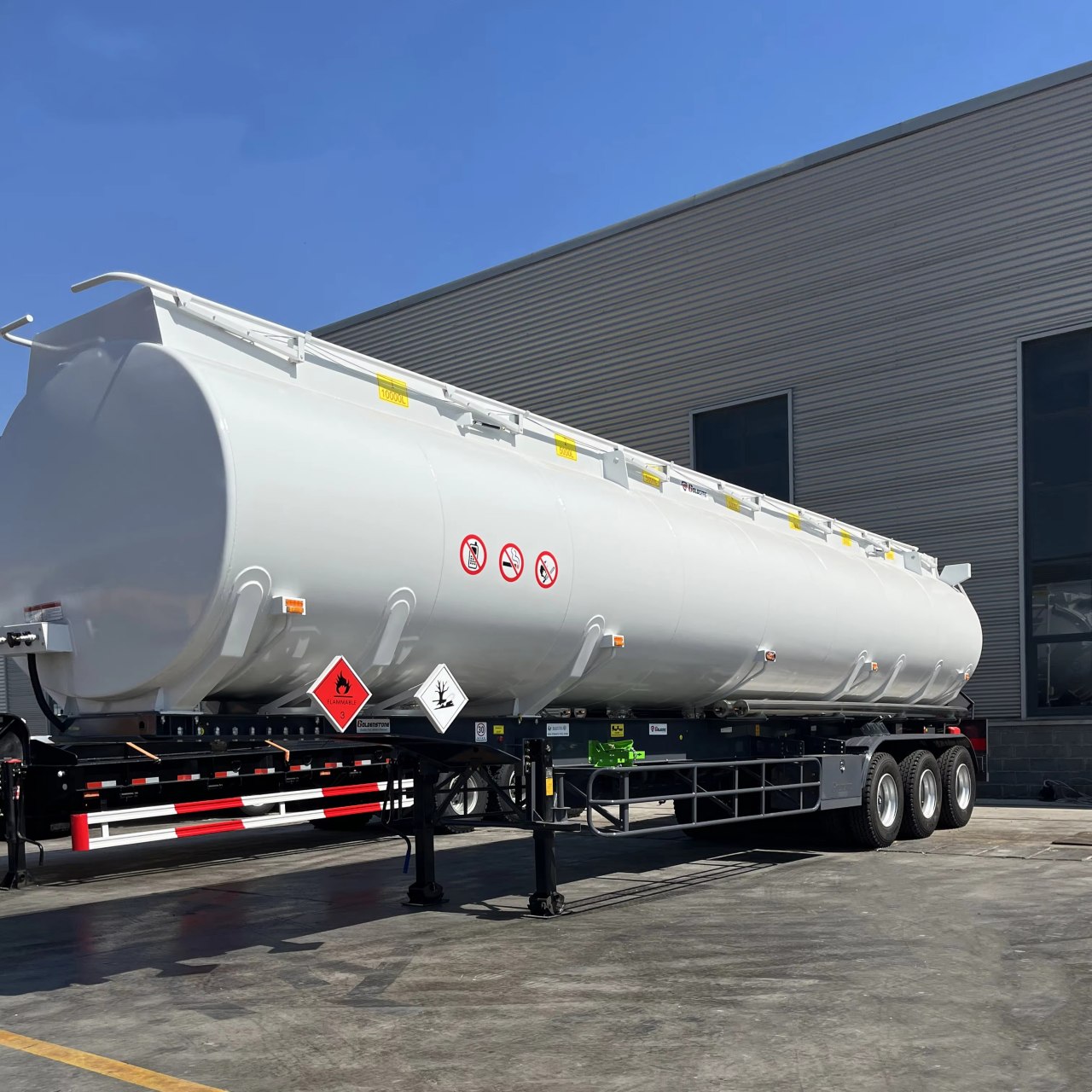Chemical trailers play a vital role in the global supply chain, enabling the safe and efficient transportation of a wide range of chemicals across vast distances. These specialized tankers are essential for industries such as agriculture, pharmaceuticals, manufacturing, petroleum, and water treatment, where the movement of hazardous or sensitive chemical materials is a daily necessity. Understanding what a chemical trailer is, how it functions, and the various types and safety considerations involved is crucial for professionals in logistics, transportation, and industry stakeholders.
Definition and Purpose
A chemical trailer is a type of tank trailer specifically engineered to carry liquid chemicals, including hazardous and non-hazardous substances. Typically towed by a semi-truck tractor, these trailers are built with robust safety features and high-performance materials to ensure the secure containment and transport of potentially dangerous chemicals. They are a subclass of tank trailers but distinguish themselves with additional specifications suited for handling corrosive, toxic, flammable, or reactive materials.
The primary function of a chemical trailer is to safely transport bulk quantities of chemicals over roads and highways, minimizing the risk of spills, leaks, contamination, and accidents. Depending on the design and configuration, these trailers can carry a wide array of substances, from sulfuric acid and ethanol to hydrogen peroxide and sodium hydroxide.
Construction and Materials
The construction of a chemical trailer is governed by stringent safety regulations due to the volatile nature of its cargo. Key materials and design features include:
- Tank Material: Most chemical trailers are made from stainless steel, aluminum, or rubber-lined steel. Stainless steel is particularly common because of its corrosion resistance and strength. For more reactive chemicals, trailers may use specially lined interiors (e.g., rubber, polyethylene, or PTFE) to protect the tank and ensure chemical compatibility.
- Compartments: Depending on the types of chemicals being hauled, some trailers have single compartments, while others are multi-compartmented to carry different chemicals simultaneously without risk of mixing.
- Insulation and Heating: Some chemicals require temperature control to remain stable. In such cases, chemical trailers may include insulation or even steam or electric heating systems to maintain optimal temperatures.
- Pressure Ratings: Some chemical trailers are non-pressurized, while others are pressurized to handle volatile substances that could off-gas or change state under temperature changes.
- Manholes and Valves: These trailers include multiple manholes, valves, and piping systems for loading and unloading, designed to prevent leaks and allow secure access under controlled conditions.
Types of Chemical Trailers
There are various types of chemical trailers tailored to specific needs and regulatory environments. Common types include:
- DOT 407 Chemical Trailers
One of the most widely used chemical trailers in the U.S., the DOT 407 is designed for transporting non-pressurized liquid hazardous materials. It features a cylindrical stainless steel tank and is ideal for acids, solvents, and flammable liquids. - DOT 412 Acid Tankers
Designed specifically for corrosive materials like sulfuric or hydrochloric acid, DOT 412 trailers feature extra-thick linings and enhanced corrosion resistance. - MC 307 and MC 312 Trailers
Older models that have largely been replaced by DOT specifications, MC 307s are similar to DOT 407s, while MC 312s closely resemble DOT 412s in design and purpose. - ISO Tank Containers on Chassis
While technically not “trailers” on their own, ISO tank containers are intermodal tanks that can be mounted on a trailer chassis for overland transport. They offer flexibility for international shipping of chemicals. - Specialty Chemical Trailers
For unique or highly dangerous chemicals, custom-built trailers with specific linings, pressure systems, and insulation are manufactured according to the customer’s and regulatory needs.
Safety Features
Transporting chemicals poses serious risks, which is why chemical trailers are equipped with a range of safety features:
- Emergency Shutoff Valves: These valves automatically close in the event of an accident or sudden pressure change, helping to prevent leaks.
- Pressure Relief Devices: These help vent excess pressure safely, avoiding ruptures or explosions.
- Spill Containment: Many chemical trailers have built-in spill containment systems around valves and piping to catch leaks during loading or unloading.
- Grounding Systems: To prevent static discharge, which can ignite flammable chemicals, trailers are equipped with grounding connections.
- Placards and Labels: Chemical trailers are marked with appropriate hazard labels, UN numbers, and placards by international transportation standards (such as the U.S. DOT and UN ADR).
Regulations and Compliance
Chemical trailers must comply with strict national and international regulations, including:
- U.S. Department of Transportation (DOT) standards for construction, maintenance, and operation.
- Environmental Protection Agency (EPA) requirements concerning chemical spill prevention.
- Occupational Safety and Health Administration (OSHA) rules for worker safety around chemical handling.
- ADR Agreement (Europe) and IMDG Code (international shipping) if used for intermodal or cross-border transport.
Operators must undergo rigorous training and certification, and trailers are subject to regular inspections, including hydrostatic testing, thickness gauging, and valve testing.
Applications of Chemical Trailers
Chemical trailers are indispensable across many sectors, including:
- Petrochemical industry: Transporting solvents, oils, and petroleum derivatives.
- Agriculture: Moving fertilizers, pesticides, and herbicides in bulk.
- Water treatment: Delivering chemicals like chlorine or alum to treatment plants.
- Manufacturing: Supplying raw chemical materials for production lines.
- Pharmaceuticals: Hauling pharmaceutical-grade solvents or reagents.
Challenges and Future Trends
While chemical trailers are highly effective, they present ongoing challenges:
- Environmental Risks: Accidents involving chemical trailers can lead to spills with significant ecological and health consequences.
- Aging Fleet Issues: Older trailers require more maintenance and may not meet modern safety standards.
- Driver Shortage and Training: The specialized nature of hauling chemicals demands more from drivers, exacerbating industry labor shortages.
In terms of future developments, the industry is seeing growth in:
- Smart Trailer Technology: Integration of IoT sensors for monitoring temperature, pressure, and location in real time.
- Lightweight Materials: Advancements in composite materials for reducing trailer weight and increasing payload efficiency.
- Sustainability Focus: Increased emphasis on leak-proof designs and more environmentally friendly chemical handling protocols.
Conclusion
Chemical trailers are a cornerstone of modern industrial logistics, providing a reliable means of transporting essential yet often dangerous chemical products. With specialized construction, strict regulatory oversight, and constant innovation, these trailers ensure that chemical transport is as safe and efficient as possible. Whether carrying industrial acids or pharmaceutical solvents, chemical trailers embody the intersection of engineering, safety, and logistics in today’s chemical supply chain.






